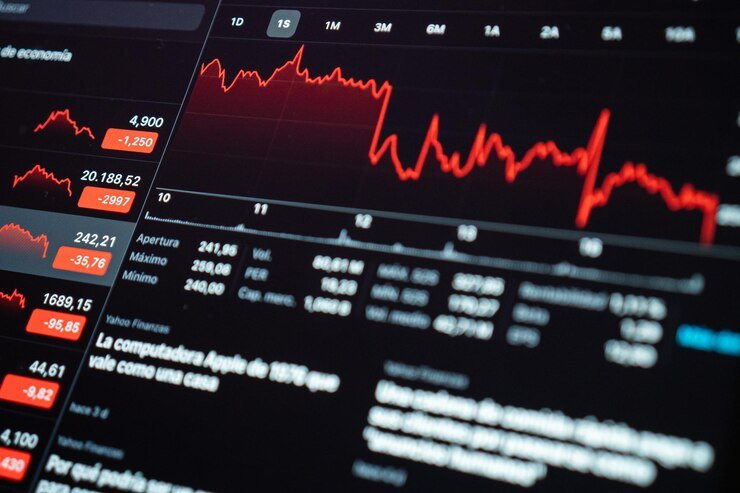Stock market lingo alludes to trade terms used by investors and traders to explain ongoing activities in the market. Common phrases are indexing, rising prices, dividends, spread, lot, and bear market. In addition, these specialised terminologies simplify financial concepts to make communication efficient in trading. However, it is crucial to understand this language to plot a route when the market fluctuates. These terms may be overwhelming for beginners, but gradual learning helps interpret and analyse practical trading discussions. Mastering lingo is necessary for successful stock management. Let’s discuss some of these market lingos in detail. InflationInflation points to the general rate at which prices for services and goods rise, breaking down the purchasing power of a currency. Central banks, including federal banks, closely monitor inflation and execute monetary services to control inflation. Furthermore, inflation can be categorised as cost-push inflation, which occurs by raising production costs and demand-pull inflation, which occurs by increasing the production demand. IndexAn index is a statistical measure representing the performance of assets, bonds, and stocks. Examples of indexes are the Dow Jones Industrial Average, S&P 500, and NASDAQ composite. Investors compute market trends and make further investment decisions by using an index.Initial MarginThe initial margin is the minimum amount required to open a leveraged account in a trading position. An initial margin ensures traders have the financial stability to cover potential losses. Conversely, brokers set this margin depending on the leverage ratio. Joint AccountBusiness partners, spouses, and family members generally use a type of account with multiple owners. All members of joint account holders have equal rights to withdraw or deposit funds. It requires trust between account holders. Joint accounts are beneficial for business partners’ financial management. Junk Bonds Junk bonds are also high-yielding bonds with low-rating credits that companies issue with higher default risk. Due to high risk, these bonds offer maximum interest rates compared to investment-grade bonds. Investors looking for high returns prefer junk bonds in various portfolios when considering the risk.Key Performance IndicatorA (KPI) key performance indicator is a value that measures or indicates the business or financial objectives achieved by a company in individual trading. For instance, revenue growth, profit margins, and ROI. Investors use it to evaluate high-performance companies’ profits. Knock-In & Knock-OutThese two exotic options help traders optimise investment strategies and manage risk. Knock-In: Only active when only the price of the underlying asset extends to a certain level. Knock-Out: It is the opposite of knock-in. It becomes inactive when the asset’s price reaches a specific level, which makes it void. LeverageA stock market lingo that permits traders to invest small amounts and control prominent positions is called leverage. It can also be defined as investing $1000 to control assets worth $100,000. Plus, it increases risks and amplifies profits.Limit OrderAn order that permits traders to buy or sell underlying assets at a specific price or higher. Limit order helps traders to avoid favourable market fluctuations and control execution prices.
